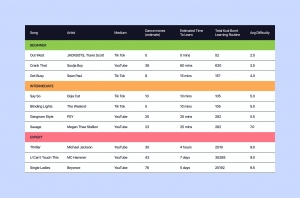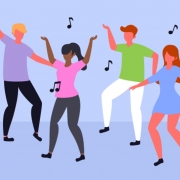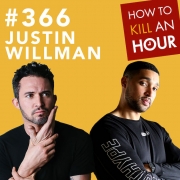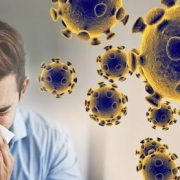Social Distancing Dancing: The Social Dis-Dancing
Social Distancing Dancing – Which dance routines are the most difficult to learn?
Much of the UK is still in lockdown, with indoor gyms and leisure centres are remaining closed for now. So, many people have found new ways to get and stay active. One of these ways is with dancing. Iconic dance routines have been unearthed and replicated over and over on social media. Viral challenges have sprung up on Tik Tok. So, whether it’s to keep fit, to get likes or to get views. Dancing has become one of the most popular internet crazes of 2020. Leading to many of us heading to the various apps on mobiles available to us to check out the latest challenges and dance routines. Social Distancing Dancing!
Routines
USwitch have crunched the numbers on the top 10 most popular routines at the minute. Allowing you to get involved and work your way through the various difficulties of the difference dances. Ranging from beginner to expert. Allowing you to get fit and active whilst doing it.
USwitch have taken the top 5 most iconic dance routines and the most popular TikTok dance challenges. With the help of expert dancers, Jane White, Dance Course Leader and Senior Lecturer at Arts University Bournemouth and dance teacher to the stars, Andrea Rose, USwitch rated them on a difficulty scale of 1-10, with one being the easiest to learn.
Furthermore two experts rated each dance independently with average ratings taken from both. Which focus on length of routine, the amount of moves and difficulty of transitions. Calories burned was also worked in each routine, with the experts predicting how long the routine would take to master, using a calorie counting formula to work out a figure. The full research can be found below:

Social Distancing Health Benefits
So, in just 5 minutes, TikTokers can be raking in the likes after mastering the ‘Out West’ challenge. Though those that want to go the whole hog and make use of the time that we have on lockdown. MC Hammer’s ‘U Can’t Touch This’ routine could be the antidote to life without a gym. Why? As you can burn a huge 35,269 kcal in the process of learning the routine. Which is the equivalent of the average person running for more than 54 hours on the treadmill or cycling for 137 hours!
More than just likes, dancing has a lot of other wider benefits. Personal Trainer, Nutritionist, and Author Stuart Robert explains:
“Dancing is one of those rare forms of exercise that ticks all the boxes. As well as improving cardiovascular fitness, muscular strength, muscular endurance, flexibility, joint mobility, coordination and balance it’s also something you can do at any time of your life.
“Most types of dancing are low impact which minimises the risk of injury. And by putting less pressure on the joints it’s great for older people. It’s also a great form of exercise for improving motor fitness. This is your body’s ability to transmit impulses from your nervous tissue (nerve cells called motor neurons) to your muscular tissue. Improving the efficiency of these nerve cells can help to:
Increase agility
Improve balance
Enhance coordination
Increase muscular power
Improve speed of movement
Enhance reaction time
“As well as the many physical benefits, dancing has a host benefits for mental health. Learning a new dance routine and then perfecting it provides a great challenge and focuses our attention. Concentrating on learning the steps enables us to switch off from our day to day concerns and forget about the news headlines for a while. Our brains have the ability to learn and grow, even as we age, making new neural connections. This ‘neural/brain plasticity’ can help to maintain and build cognitive skills such as memory and spatial recognition.
“Dancing can also make us feel happier by boosting our mood and has been shown to reduce depression and anxiety. The physical exercise releases mood enhancing endorphins and the feel-good hormone serotonin, whilst reducing stress hormones such as cortisol. Another great benefit is that dancing provides us with a challenge.”
Rehan Ali, mobiles expert at Uswitch.com commented on the research:
“If you are looking to take on one of these viral challenges and then share it with the world, you are going to need the right equipment. Ensure you have lots of space to practice. You might want this to be somewhere private for the outtakes! You’re going to need a handset that can record quality video, with a big display in order to analyse the dances you are trying to replicate. If you already have the phone, you might need to ensure you have the ability to stream these videos over and over again while you learn the moves, so ensure that you have a data package that can handle the demand! Good luck!”
(USwitch)
Keep up to date with everything How To Kill An Hour by signing up to our newsletter by clicking here!
Let us know what you think of the show by clicking here!
Click here to subscribe to our YouTube Channel to see more amazing ways to kill time!
Follow us on Twitch by clicking here!




